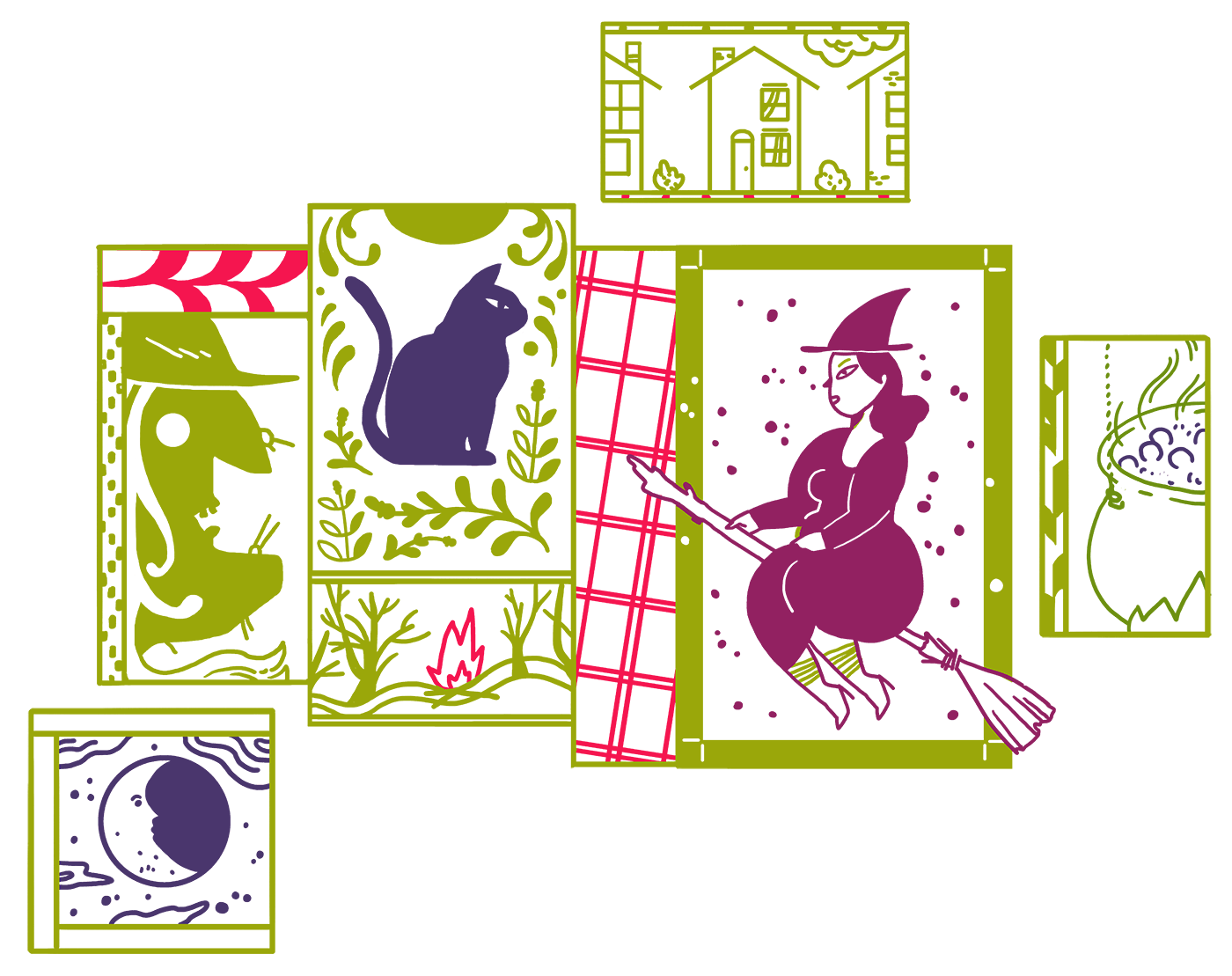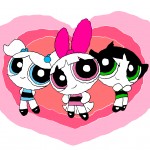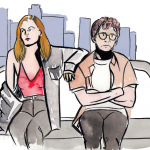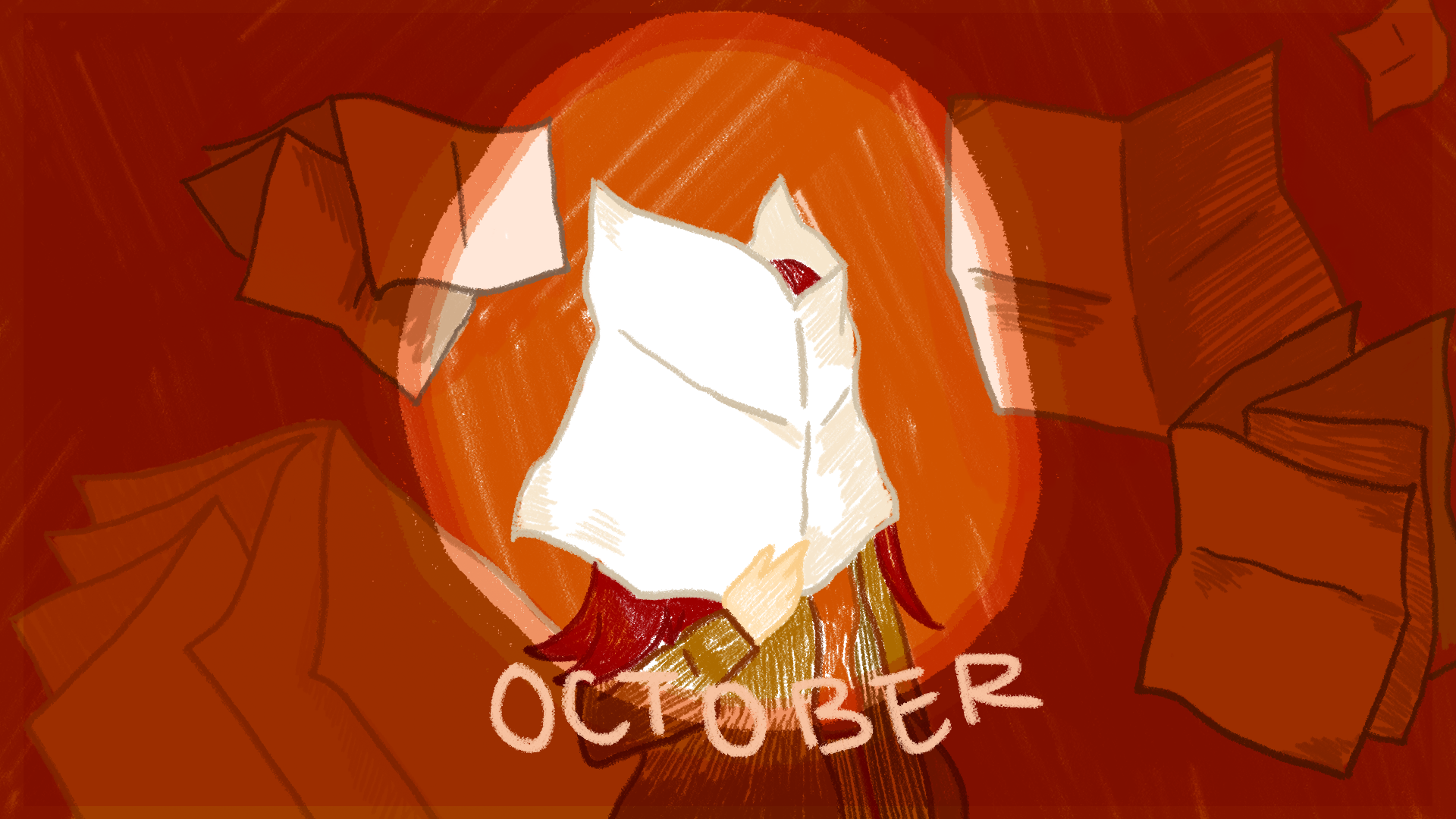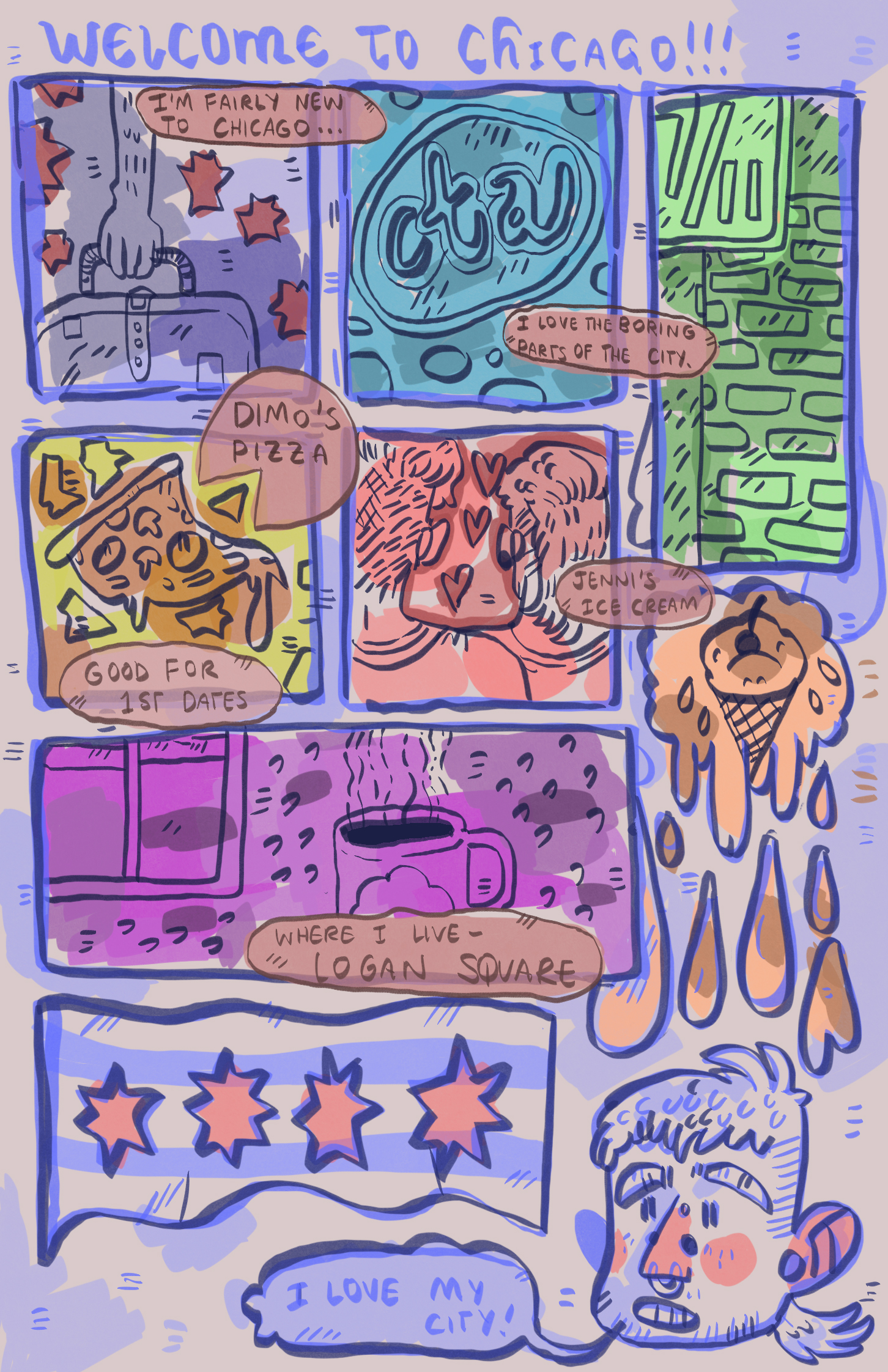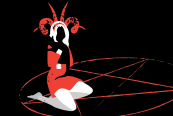Earlier this month, a group of three women gathered in Logan Square with candles in their arms, pastel hair, and draping black skirts. These women form a performance group called WITCH, and they gathered in the Chicago neighborhood to cast a hex on gentrification. The fact that millennials are turning to witchcraft as an expression of their politics and feminism should come as no surprise: These are the daughters of the ‘90s, an era that saw a new Renaissance in pagan pop culture.
From German fairytales to the opening scene of Shakespeare’s “Hamlet,” witches have been turning up in pop culture for centuries. Witchcraft is particularly beguiling to American writers and filmmakers, who continue to wrestle with the ramifications of a bleak chapter in early American history: the Salem witch trials of 1692. Almost exactly 300 years after the heresy and hysteria of the trials resulted in the executions of 20 people, a wave of films and television series emerged, reclaiming the pain of an old American wound to confront emerging women’s issues of the 1990s.
Hocus Pocus (1993)
Released the year many recent college grads were born, “Hocus Pocus” introduced an entire generation to the occult — or at least a campy version of the occult. The film has all the ingredients for a bewitching film: three witches, a talking black cat, a house in Salem, and a snaggle-toothed Bette Midler. The Sanderson sisters are the film’s main witches, but a 9-year-old in a witch costume outdoes them in sass and savviness. Still, the Sandersons are depicted as sad, desperate spinsters in the classical tradition of equating unmarried and childless women with evil. Now considered a campy cult film two decades later, “Hocus Pocus” never tackled any big social commentary and frequently slipped into stereotypes, but the movie nevertheless cast the magical mold for later ‘90s screen witches to break.
Sabrina the Teenage Witch (April 1996, September 1996-2003)
Originally an “Archie” comic book character, and then a 1996 movie, “Sabrina the Teenage Witch” was soon after transformed into a television series by the same name. In a sea of white picket fences and nuclear families with two and a half children and a loyal golden retriever, “Sabrina” stood out among ‘90s sitcoms: The titular teen witch lived with her two single aunts and their cat after her parents’ divorce. Following in the direct footsteps of “Hocus Pocus,” the show is set in Massachusetts, and even features a talking black cat named Salem — a snarky, centuries-old (and cringingly animatronic) human-trapped-in-a-cat-body. What “Sabrina” did before any other television show was lace the horrors of high school with the supernatural, equating emerging magical powers with the struggles of puberty.
The Craft (May 1996)
Mostly “Heathers” with a little “Carrie” and a touch “Clueless,” “The Craft” is a horror film masquerading as a high school movie. The film follows a coven of four witches in a California high school whose struggles with bullying and sexual peer pressure prompt them to cast spells. “The Craft” grapples with both universal themes, like the struggle between good and evil and the tantalizing corruption of power, and with very real, tangible problems women face: unrealistic beauty standards, domestic violence, date rape, and suicide attempts. Plus, they did it all in plaid Catholic school skirts.
The Crucible (November 1996)
Based on a play by Arthur Miller, “The Crucible” is a (highly) fictionalized retelling of the Salem witch trials. Miller’s play first introduced the imagined slave Tituba as the harbinger of witchcraft in the Massachusetts Bay Colonies, and this 1996 movie unfortunately solidified this image. Of the movies on this list, “The Crucible” is the only one entirely set in the heart of the Salem witch trials. Miller originally conceived of his play as an analogy to the Red Scare and the finger-pointing hunt for communists in ‘50s Hollywood. The film feels very “Scarlet Letter” gone (even more) wrong; it is about the sexual awakening of girls in a puritanical society that spirals into bloodlust and witch hunts.
Buffy the Vampire Slayer (1997-2003)
“Buffy” is the snips, snails, and puppy dog tails to “Sabrina”’s sugar, spice, and everything nice. Show creator Joss Whedon took supernatural puberty to a darker place, making high school a literal hell filled with vampires, demons … and witches. Fighting alongside Buffy is Willow Rosenburg, who, over the show’s seven seasons, transforms from a shy nerd with horrendous sweaters to a badass witch in flowing hippie skirts. Most importantly, Whedon used witchcraft to go where television had rarely dared go before: depicting lesbianism. As has been often noted by fans, “Buffy” uses magic-making and breathless spell-casting between Willow and her first same-sex love interest, Tara, to suggest lesbianism at a time when broadcast television would censor gay relationships. During “Buffy”’s musical episode, “Once More with Feeling,” the song “Under Your Spell” hints strongly at cunnilingus. In another episode, Willow stars in network television’s first lesbian sex scene ever.
Practical Magic (1998)
In a recent article, Vox revisited “Practical Magic” nearly 20 years after its release, calling the film “the ‘Thelma and Louise’ of witch movies.” Equal parts revenge plot, love story, and triumphant sisterhood tale, “Practical Magic” uses a family of witches as an imagined model for matriarchy — where husbands are killed off by a curse after their wives bear daughters — and, like many witchy films of the ‘90s, as a medium to express the frustration women faced during the twentieth century slog towards gender equality.
Charmed (1998-2006)
The Charmed Ones first graced the small screen at the tail-end of the ‘90s. Like many witch-centric stories, the series focuses on three sisters who come into their powers in their 20s. At its peak, “Charmed” was one of the longest-running television shows with all female leads. Unlike “The Craft”’s black-lipstick, men-slaying grunge, or “Buffy”’s lesbian witches, “Charmed” was relentlessly relatable to its target audience of late ‘90s and early aughts women — the sisters talk about men and clothes as much as they kick supernatural ass. A decade later, “Charmed” reads as reactionary: Engaging with the stereotypically “feminine” is a response to the deathblows Second Wave Feminism attempted to deal this kind of femininity. What one of the show’s lead actresses, Alyssa Milano, called “perfect post-feminist girl-power” in 1999, can now be re-contextualized as the pop cultural reflection of feminism’s new come-as-you-are, heels-and-mascara welcome, more inclusive and intersectional Third Wave.
Short Skirts and Subtext” is a monthly column that examines the intersections between feminism and quality T.V.

